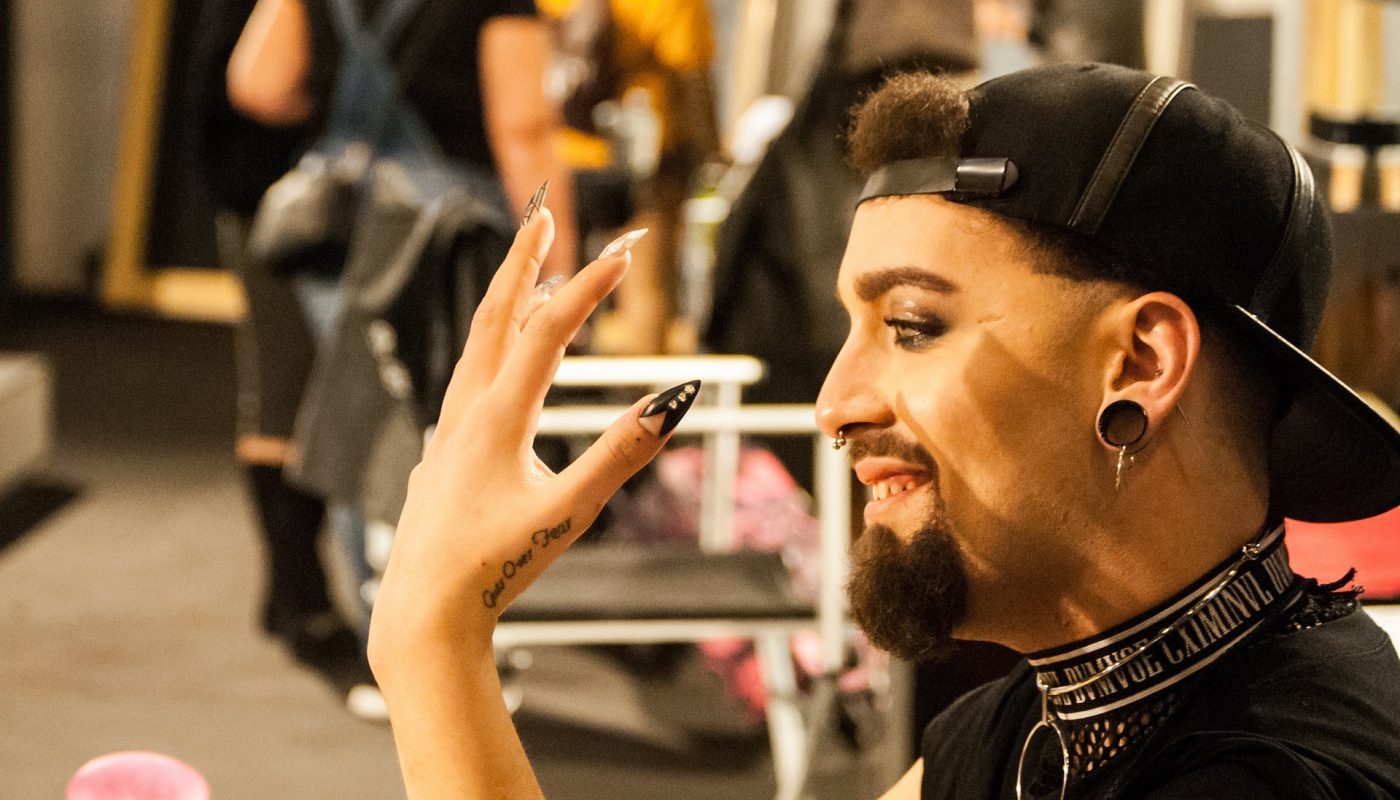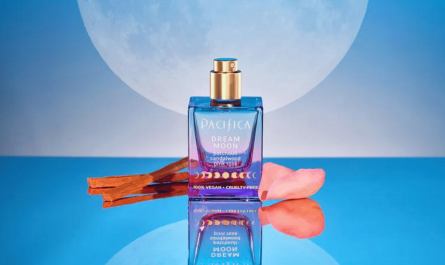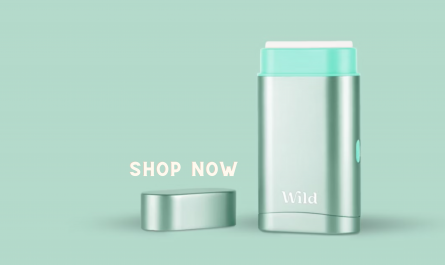Introduction
Your nails are not just a canvas for colorful polish; they also reflect your overall health. Common nail problems like yellowing, brittleness, and infections can be not only unsightly but also indicators of underlying issues. In this comprehensive guide, we’ll delve into the world of nail care and explore effective ways to fix and prevent common nail problems. Say goodbye to nail woes and hello to healthier, more beautiful nails.
Understanding Common Nail Problems
Nail Troubles Demystified
Before we tackle the solutions, let’s understand the common nail problems you might encounter:
1. Yellowing Nails
Yellowing nails can be caused by a variety of factors, including nail polish stains, smoking, or underlying health issues.
2. Brittleness
Brittle nails are prone to breaking, chipping, or peeling. Causes include excessive hand washing, exposure to harsh chemicals, or nutritional deficiencies.
3. Nail Infections
Nail infections can be fungal, bacterial, or viral. These can lead to discoloration, thickening, and overall nail damage.
4. Peeling and Splitting Nails
Peeling and splitting nails can result from overexposure to water, using harsh nail products, or dietary deficiencies.
5. Discolored Nails
Nail discoloration can occur due to infections, trauma, or nail polish staining.
6. Soft and Weak Nails
Nails that are soft and weak may indicate a lack of essential nutrients or constant exposure to moisture.
7. Ingrown Toenails
Ingrown toenails happen when the nail edge grows into the surrounding skin, causing pain and potential infection.
8. Bitten Nails
Nail biting is a common habit that can lead to damaged nails and cuticles.
Causes Behind Common Nail Problems
Each nail problem has its own set of causes, and understanding these causes is key to finding effective solutions.
Yellowing Nails
Understanding Yellowing
Yellowing of the nails can be caused by various factors, including:
- Smoking
- Frequent use of nail polish
- Nail fungus
- Medical conditions like diabetes or lung disease
DIY Remedies for Yellowing Nails
- Lemon Juice Soak: Soak your nails in a mixture of lemon juice and warm water to help lighten stains.
- Baking Soda Paste: Create a paste using baking soda and water, then gently rub it on your nails.
- Hydration: Keep your nails and cuticles well moisturized with a nourishing oil or cream.
- Nail Buffing: Gently buff your nails to remove surface stains, but be cautious not to overdo it.
Pro Tip: Always apply a clear base coat before applying colored nail polish to prevent staining.
Brittle Nails
Identifying the Culprits
Brittle nails can be the result of:
- Overexposure to water
- Frequent use of nail polish remover
- Nutritional deficiencies, especially biotin and iron
- Certain medical conditions
Strengthening and Preventing Brittle Nails
- Biotin Supplements: Consider taking biotin supplements to improve nail strength.
- Nail Hardening Products: Use nail hardeners or strengtheners with nourishing ingredients.
- Gloves: Wear gloves when doing household chores or using harsh chemicals.
- Balanced Diet: Ensure your diet includes foods rich in biotin, iron, and other essential nutrients.
Pro Tip: Keep your nails trimmed to prevent excess stress on them.
Nail Infections
Spotting Nail Infections
Different types of nail infections include fungal, bacterial, and viral. Symptoms may include:
- Thickened nails
- Discoloration
- Foul odor
- Pain or discomfort
Effective Treatments and Prevention
- Antifungal Nail Creams: For fungal infections, antifungal creams or prescriptions from a doctor can be effective.
- Hygiene: Maintain proper nail hygiene, including keeping your nails clean and dry.
- Avoidance: Avoid sharing nail tools, and ensure nail salons follow strict hygiene protocols.
Pro Tip: If you suspect a nail infection, consult a healthcare professional for an accurate diagnosis and treatment plan.
Peeling and Splitting Nails
Causes and Solutions
Peeling and splitting nails can result from:
- Overexposure to water
- Use of harsh nail products
- Nutritional deficiencies, particularly in vitamins A and C
How to Repair and Prevent Nail Damage
- Nail Strengtheners: Apply nail strengtheners or hardeners regularly.
- Gentle Products: Use acetone-free nail polish removers and gentle nail products.
- Balanced Diet: Consume a balanced diet rich in vitamins and minerals for overall nail health.
Pro Tip: Avoid using your nails as tools to open packages or perform other tasks.
Discolored Nails
Unveiling the Causes
Nail discoloration can occur due to:
- Fungal or bacterial infections
- Trauma or injury
- Staining from nail polish or dyes
Restoring Healthy Nail Color
- Consult a Professional: If the discoloration is persistent, consult a dermatologist.
- Natural Remedies: Lemon juice or hydrogen peroxide can help lighten stains.
- Preventive Measures: Use a protective base coat before applying colored nail polish.
Pro Tip: Be patient, as it may take time for discolored nails to grow out and regain their natural color.
Soft and Weak Nails
Unraveling the Causes
Soft and weak nails may result from:
- Excessive exposure to water
- Frequent use of nail polish remover
- Nutritional deficiencies, particularly in protein and calcium
Strengthening Tips and Nail Care Routines
- Protein-Rich Diet: Consume foods rich in protein, calcium, and vitamins.
- Moisturize: Apply a nourishing cuticle oil or cream regularly.
- Limit Water Exposure: Wear gloves when doing dishes or using water extensively.
Pro Tip: Be gentle when filing or buffing weak nails to avoid further damage.
Ingrown Toenails
Recognizing the Issue
Ingrown toenails occur when the nail edge grows into the surrounding skin, leading to pain and potential infection.
Safe Methods for Dealing with Ingrown Toenails
- Soak and Lift: Soak the affected foot in warm, soapy water and gently lift the ingrown edge with a clean, sanitized tool.
- Proper Trimming: Trim your nails straight across to prevent ingrown toenails.
- Footwear Choice: Wear comfortable shoes that don’t squeeze your toes.
Pro Tip: If you experience severe pain or infection, consult a podiatrist for professional care.
Bitten Nails
Breaking the Habit
Nail biting is a common habit that can lead to damaged nails and cuticles. Here’s how to break the habit:
- Awareness: Identify triggers that make you bite your nails, such as stress.
- Substitute Behavior: Replace nail biting with healthier habits like chewing gum.
- Nail Products: Use nail products with a bitter taste to deter nail biting.
Pro Tip: It takes time to break the habit, so be patient with yourself.
Fungal Nail Infections
Unveiling Fungal Infections
Fungal nail infections are common and can affect both fingernails and toenails. Look out for symptoms like thickening and discoloration.
Effective Treatments and Prevention
- Antifungal Medications: Over-the-counter or prescription antifungal medications can treat fungal nail infections.
- Proper Nail Care: Maintain good nail hygiene to prevent infections.
- Avoidance: Steer clear of communal showers and swimming pools if you have a fungal infection.
Pro Tip: Treating fungal nail infections can be a lengthy process, so consistency is key.
Choosing the Right Nail Care Products
Nail Product Selection
Selecting the right nail care products is crucial for maintaining healthy nails:
- Base Coat: Use a protective base coat before applying colored nail polish.
- Top Coat: Seal your nail art with a durable top coat.
- Nail Strengtheners: Consider using nail strengtheners or hardeners if your nails are weak.
General Nail Care Practices
Nail Care Dos and Don’ts
Follow these nail care tips for healthier nails:
- Do: Keep your nails clean and dry.
- Don’t: Use your nails as tools to open packages or perform tasks.
- Do: Trim your nails straight across to prevent ingrown nails.
- Don’t: Overuse nail polish removers containing acetone.
Conclusion
Achieving healthy and beautiful nails is within your reach. By understanding common nail problems and following effective solutions, you can maintain nails that not only look stunning but also reflect your overall well-being. Prioritize nail health, and let your confidence shine through your fingertips.
FAQs
- Q: Can wearing nail polish cause yellowing of nails, and how can I prevent it?
A: Nail polish can stain nails, but using a clear base coat can prevent this. Proper nail hygiene also helps prevent yellowing. - Q: Are there any natural remedies for strengthening brittle nails?
A: Yes, natural remedies like olive oil and biotin supplements can help strengthen brittle nails. - Q: How can I tell if I have a fungal nail infection, and should I seek professional treatment?
A: Symptoms include thickening and discoloration. If you suspect an infection, consult a healthcare professional for proper diagnosis and treatment. - Q: What are the best practices for preventing ingrown toenails?
A: Trim your toenails straight across, wear comfortable shoes, and avoid cutting nails too short. - Q: What should I do if I make a mistake while doing my DIY nail art?
A: Don’t worry; mistakes happen. You can use nail polish remover and a small brush to correct errors or incorporate them into your design creatively.




